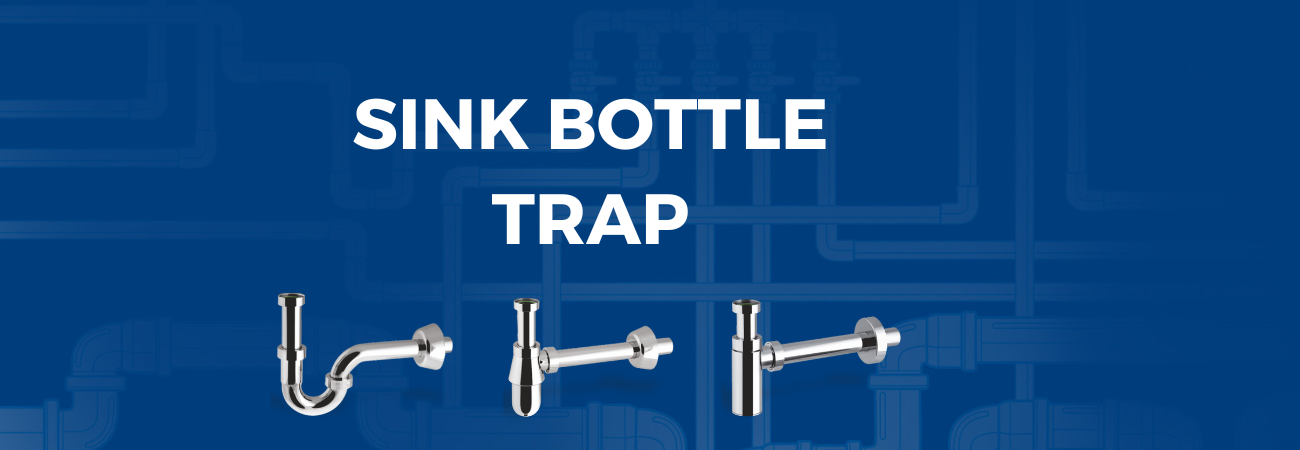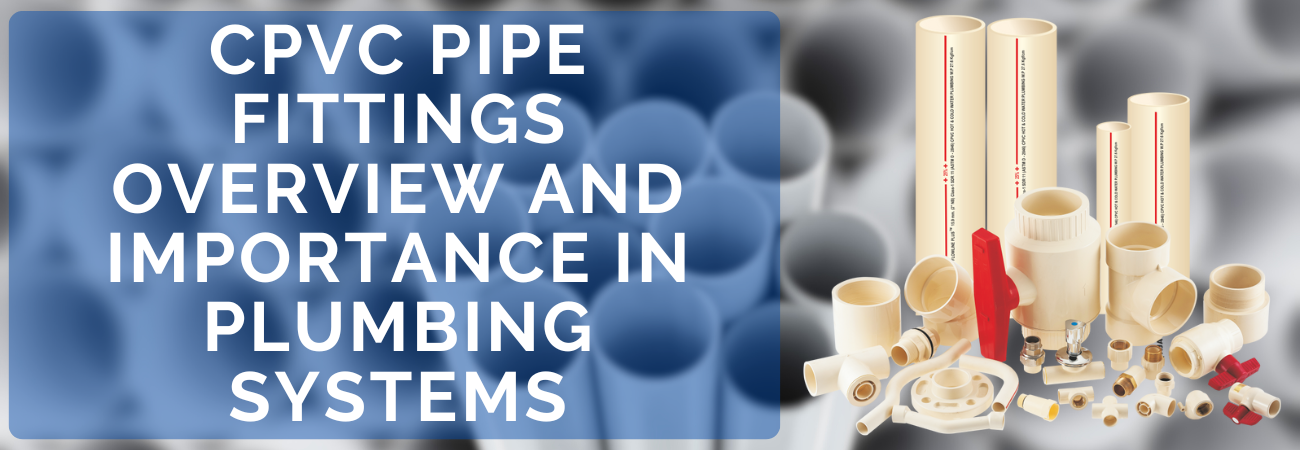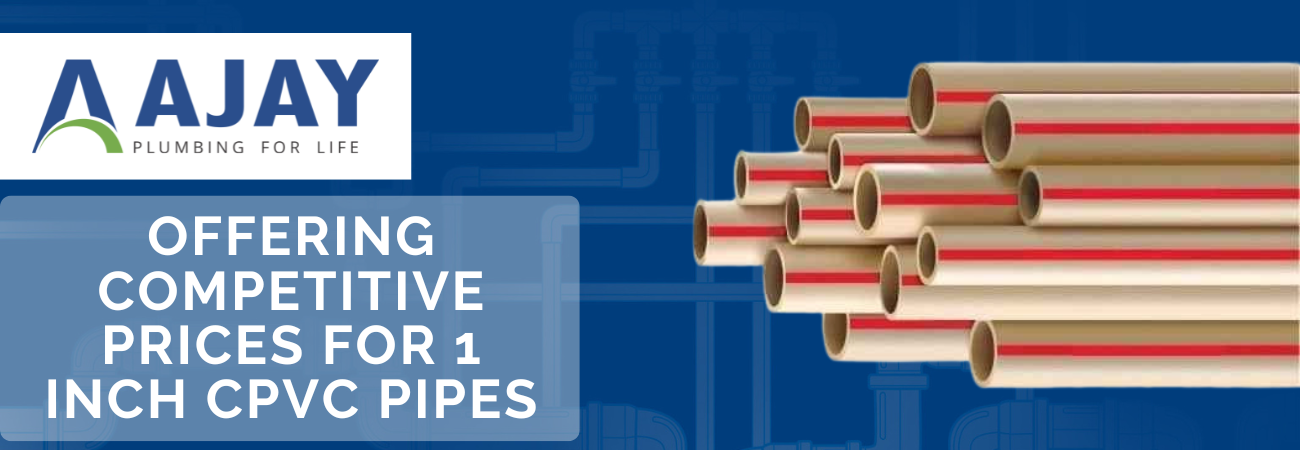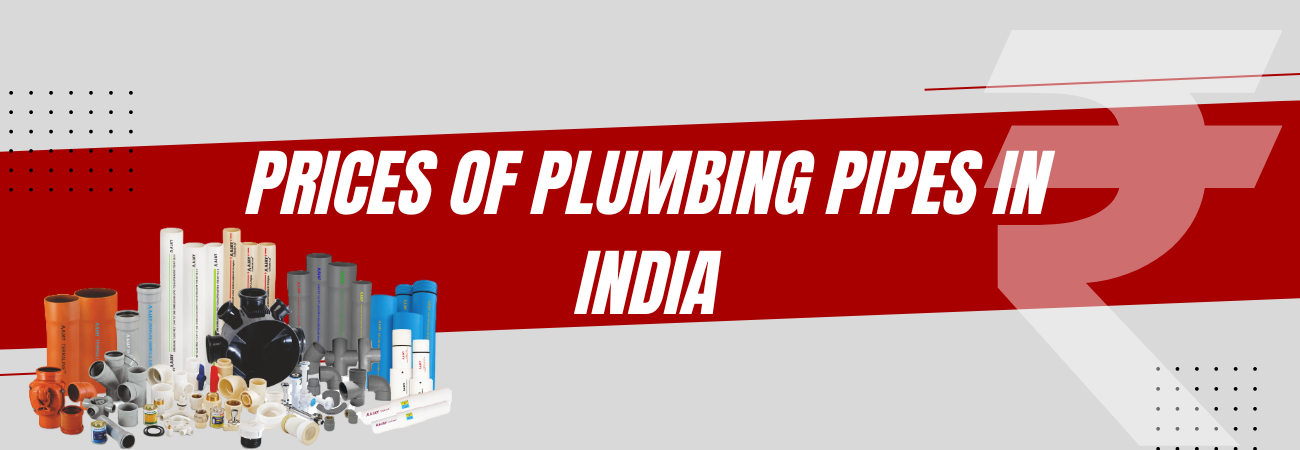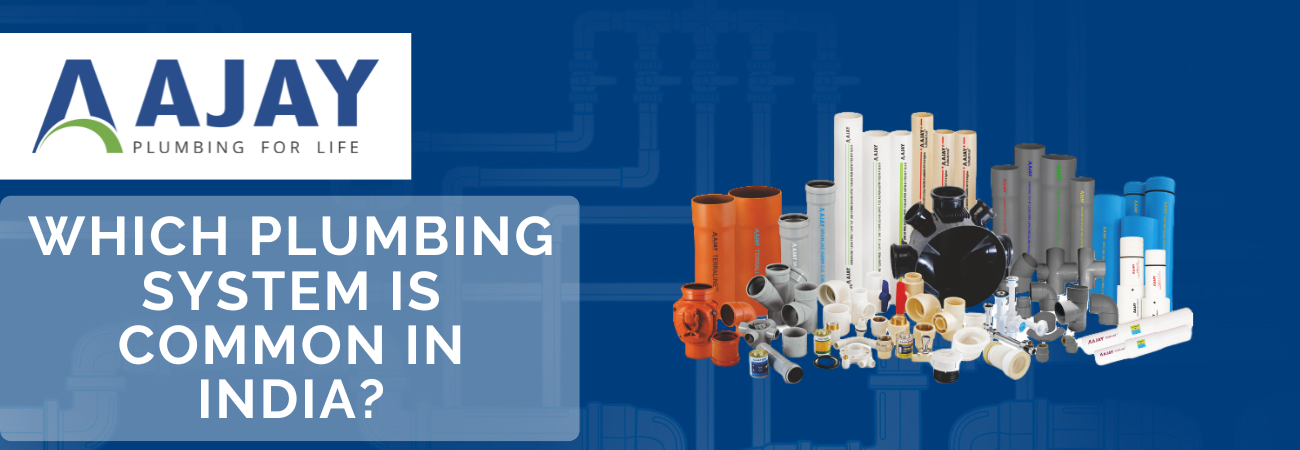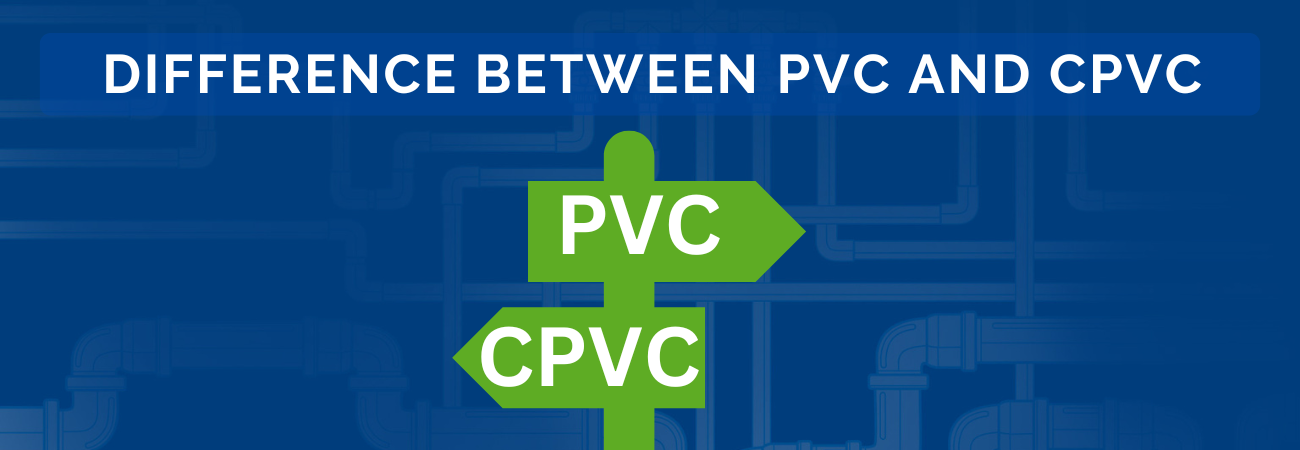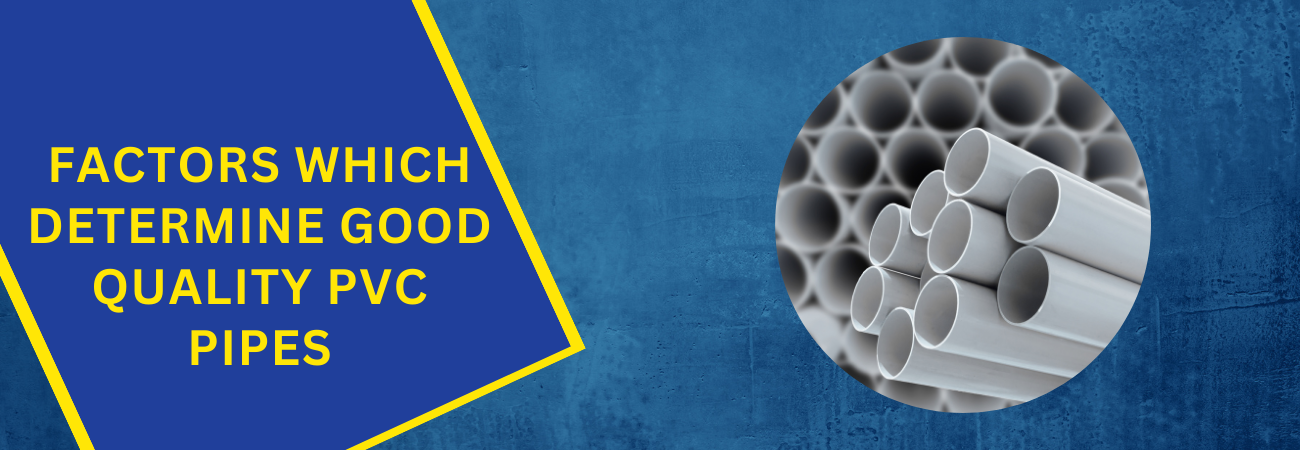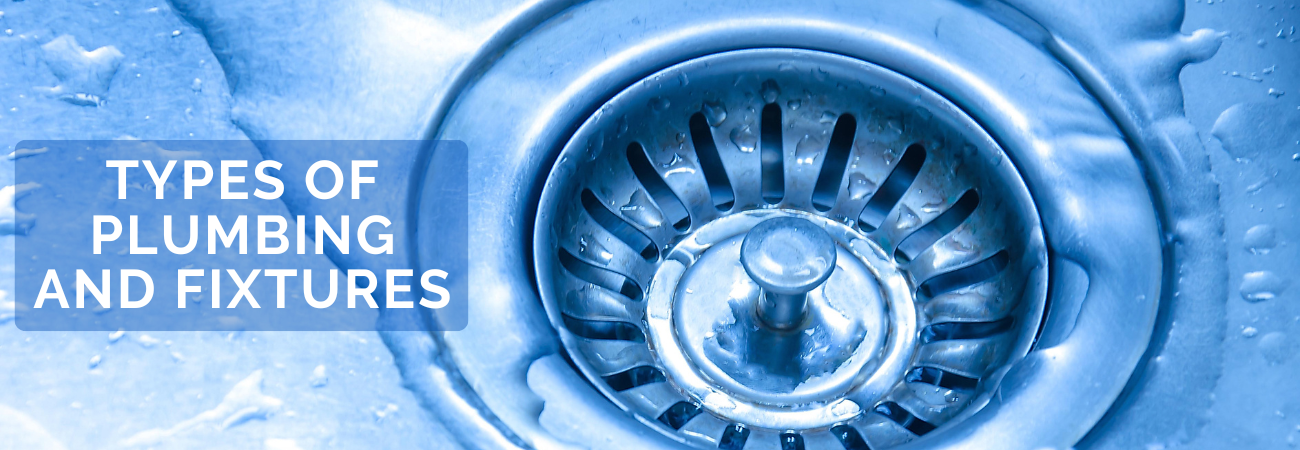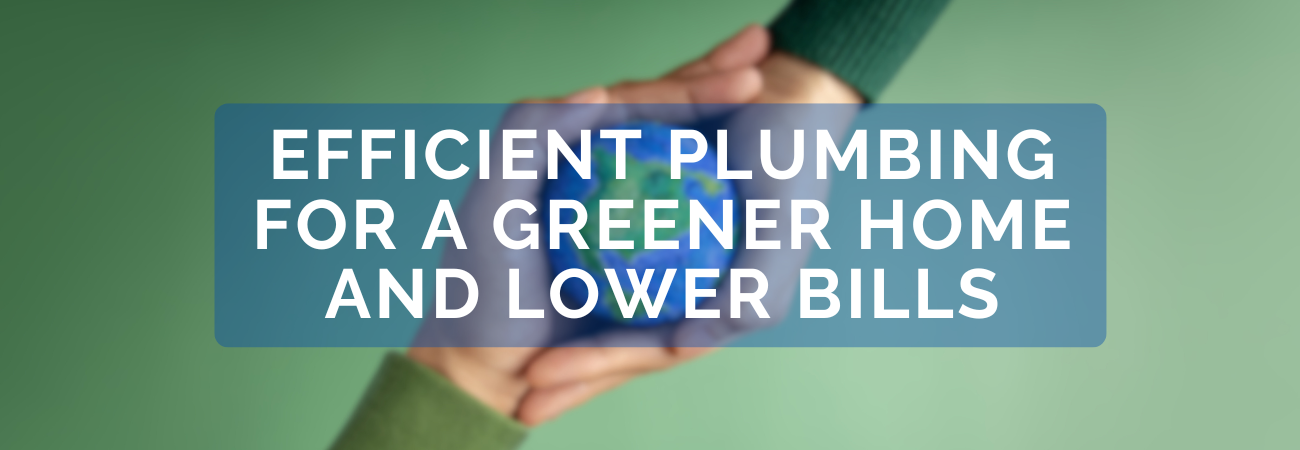Introduction
In the realm of home plumbing, sink bottle traps are often an unsung hero in maintaining kitchen hygiene and preventing plumbing issues. Though they might seem like a minor detail, these fixtures play a critical role in ensuring the functionality and cleanliness of your kitchen sink. In this comprehensive guide, we will explore what sink bottle traps are, how they work, their benefits, and their alternatives, such as P traps.
What is a Sink Bottle Trap?
A sink bottle trap is a specialized plumbing component installed beneath the sink, designed to address two primary concerns: clogs and foul odors. This fixture features a bottle-like shape with a wide-diameter pipe that extends downwards and then curves back up, creating a water seal.
How It Works: When the sink is used, water flows through the trap, filling the bottle-like pipe. This water creates a seal that prevents solid debris from entering the drain pipe, thereby reducing the risk of clogs. Additionally, the seal blocks harmful gases from the sewer system, preventing them from escaping into your kitchen.
The Importance of the Water Seal:
Debris Prevention: The water barrier effectively traps food particles, grease, and other debris, which could otherwise cause blockages further down the plumbing system. By keeping these materials out of the drain pipe, the bottle trap helps maintain smooth water flow.
Odor Control: Sewer gases, which are produced from decomposing waste in the sewer system, can be unpleasant and even hazardous if they enter your home. The water seal in the bottle trap acts as a barrier, ensuring that these gases remain trapped in the sewer system.
Benefits of Sink Bottle Traps
Clog Reduction: One of the primary benefits of sink bottle traps is their ability to minimize the risk of clogs. By intercepting debris before it enters the drain pipe, these traps help prevent blockages and maintain optimal drainage.
Odor Management: The water seal in a bottle trap effectively prevents foul-smelling sewer gases from escaping into your kitchen. This contributes to a more pleasant and hygienic environment.
Ease of Maintenance: Bottle traps are generally easy to clean and maintain. In the event of a clog or blockage, the trap can be removed, cleaned, and reinstalled with minimal hassle.
Installation Considerations: When installing a sink bottle trap, it’s essential to ensure that it is correctly fitted and sealed. Improper installation can lead to leaks or ineffective performance. Professional installation is often recommended to ensure that the trap functions as intended.
P Traps: An Alternative Solution While sink bottle traps are highly effective, they are not always the best fit for every plumbing situation. P traps provide a viable alternative and offer similar benefits with a slightly different design.
What is a P Trap?
A P trap is another type of under-sink plumbing fixture shaped like the letter “P.”
How P Traps Work: The P trap operates by filling with water, which creates a seal that prevents debris from entering the drain pipe and blocks sewer gases from escaping. The design allows for a more straightforward installation in certain configurations.
When to Use P Traps: P traps are often preferred in situations where there is more space available under the sink. They are particularly useful in areas where the sink is not pedestal-mounted, as they can be installed with more flexibility. However, in cases where space is constrained, such as with pedestal-mounted sinks, bottle traps are typically a better choice due to their compact design.
Choosing the Right Trap for Your Sink
Selecting the appropriate trap for your sink depends on various factors, including space availability, sink type, and personal preference.
Space Constraints: Assess the space available under your sink. If you have limited space, a bottle trap may be more suitable due to its compact design. For more spacious areas, a P trap can be a practical option.
Installation Requirements: Both types of traps require proper installation to function effectively. Ensure that the trap you choose is compatible with your sink and plumbing system. If in doubt, consult a professional plumber for advice and installation.
Maintenance Needs: Consider the ease of maintenance for each type of trap. Bottle traps are generally easier to clean, but P traps offer a practical alternative when space permits.
Additional Tips for Maintaining Your Sink Trap
Regular Cleaning: Periodically check and clean your sink trap to prevent buildup and maintain optimal performance. This can help avoid clogs and ensure that the water seal remains effective.
Avoid Harsh Chemicals: Avoid using harsh chemicals that can damage the trap or plumbing system. Opt for gentle, non-corrosive cleaning solutions.
Inspect for Leaks: Regularly inspect the trap for any signs of leaks or damage.
For any queries, contact the plumbing experts at Ajay pipes on the Toll Free No. : 1800-11-4050 or via email at our email address info@ajaypipes.com

